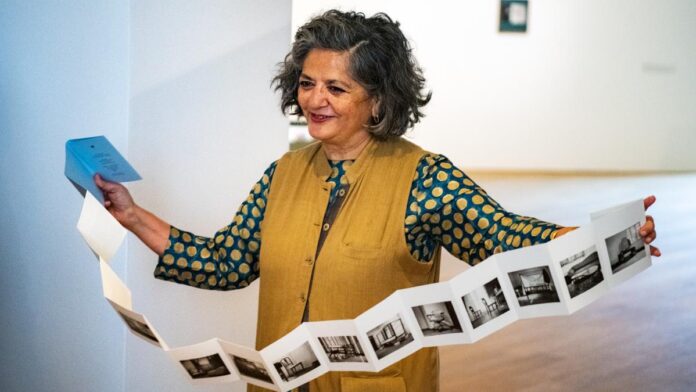For the past few months, my social media timeline has been awash with photobooks. There was the release of Anurag Banerjee’s The Songs of Our People, Aparna Nori’s How to Climb a Tree, Ritesh Uttamchandani’s Where are you, and Bharat Sikka’s Souvenir Shop. Srinivas Kuruganti’s Pictures in my Hand of a Boy I still Resemble released andwas shortlisted in early September for the Aperture Photobook Awards, the world’s biggest photobook awards. The last 50 copies of Kushal Ray’s 2012 Intimacies were promoted online, and sold out in days. The eighth edition of Alkazi Photobook Grant took place; it followed Photo South Asia’s first photobook workshop in April with Tanvi Mishra, who works with images, and publisher Cecile Poimboeuf-Koizumi.
This is usually the point where I lose my audience. What’s this excitement about photobooks? Haven’t photography books been around for yonks? Don’t we already know them as coffee table books and monographs? The short answer: no. Those are not photobooks. A photobook is an artwork. They tell stories in the sense that artworks tell stories — they affect you the way paintings, sculptures, or installations do. While its medium is images, paper, design, and print, and it takes the form of a book, it’s analogous to the way some artists use film or video, which includes images, editing, and music.
Coffee table books are usually thematic, such as Prabuddha Dasgupta’s Ladakh: The Pristine Beauty, or they are compendiums, like The Archival Gaze: A Timeline of Photography in India, 1840-2020. “A photobook uses images, or a visual language, as its vehicle for storytelling. Much like you can read words in a chronology on a page, you can also read images in chronology, and in relation to each other,” says Kaamna Patel, 36, artist, publisher, and founder of Editions Jojo, a Mumbai-based publishing imprint, bookshop, and library.
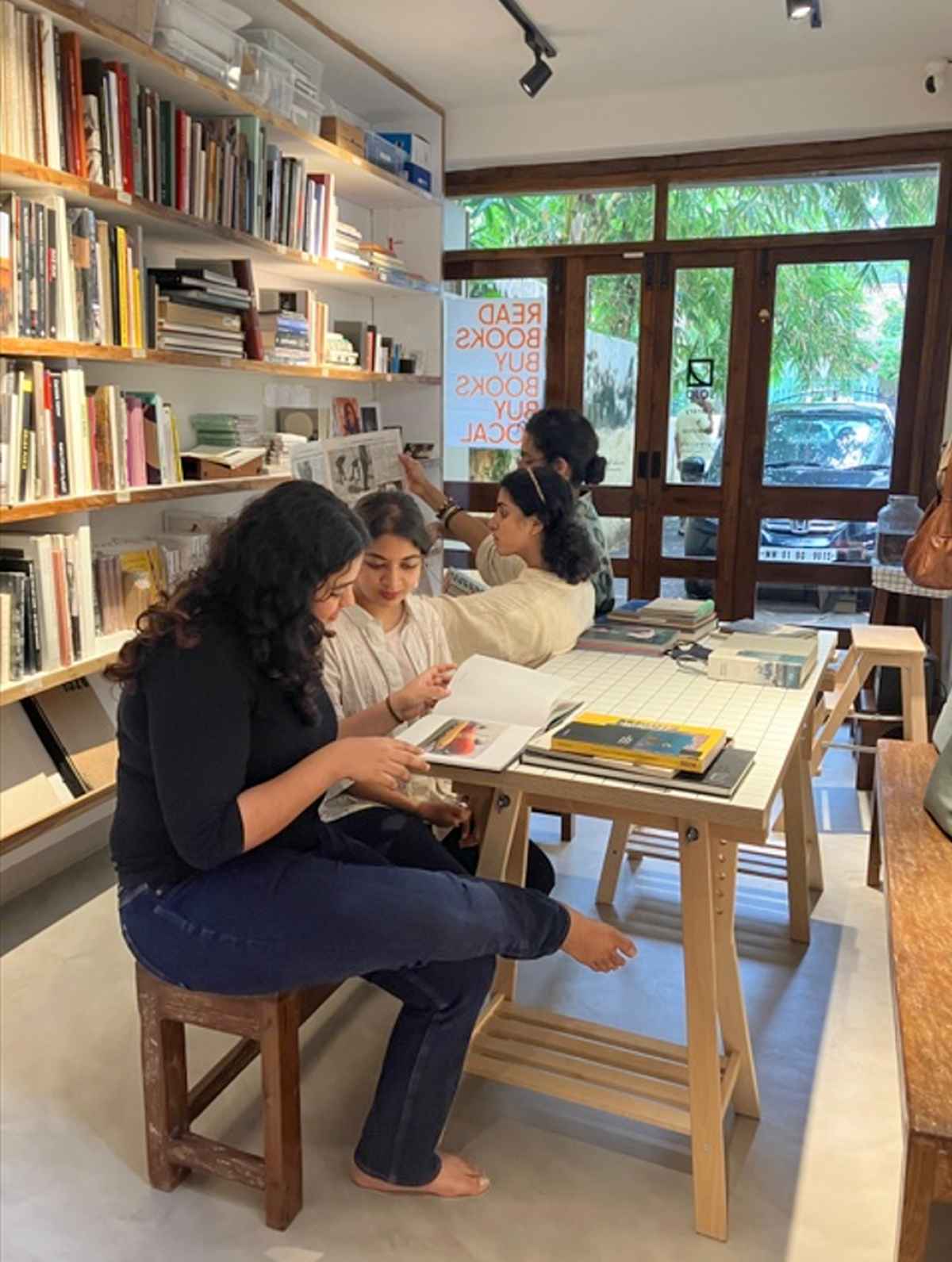
Visitors at JOJO library and bookstore.
Storytelling is the key word here. “Photography has the potential to take you where there is no vocabulary. Therefore, when you have an entire book, you basically have a diary or a novel or a story,” says artist Dayanita Singh, who has published 14 photobooks at last count and whose experiments with the form have expanded the very idea of what it can be — from being unbound, accordion fold books to becoming a book object and an exhibition in itself, making her one of its most important exponents. “A really good photobook allows you to create your own story out of it.”
Between the covers
The first photobook I ever saw was in 2010. It was Singh’s Dream Villa, a tall, slim, hardbound book, its pages full of photographs of nightscapes, and trees washed in reds, blues, and greens. I was puzzled as I flipped through it. It wasn’t the large size of a coffee table or photography book, it wasn’t a ‘best of’, there was no ‘theme’. Instead, the series of photographs seemed to lead to some unknown destination. I put it away.
As with art, the more you see the more you understand. In 2020, the Indian Photo Festival in Hyderabad went online and one of their offerings was a Reading Room by Editions Jojo. It offered a virtual flip-through of 10 photobooks (it’s still online). I finally understood that as art tells varied stories in different genres, so too do photobooks.
For example, over the past few years in India, there has been gothic romance (I’ll be Looking at the Moon but I’ll be Seeing You), docu-fiction about a nomadic troupe of Dalit ‘families’ (Tamasha), an exploration of belonging via the lives of musicians in Meghalaya (The Songs of Our People), and even a dive into love, companionship, and mental health (Crazy Cat & Lady).
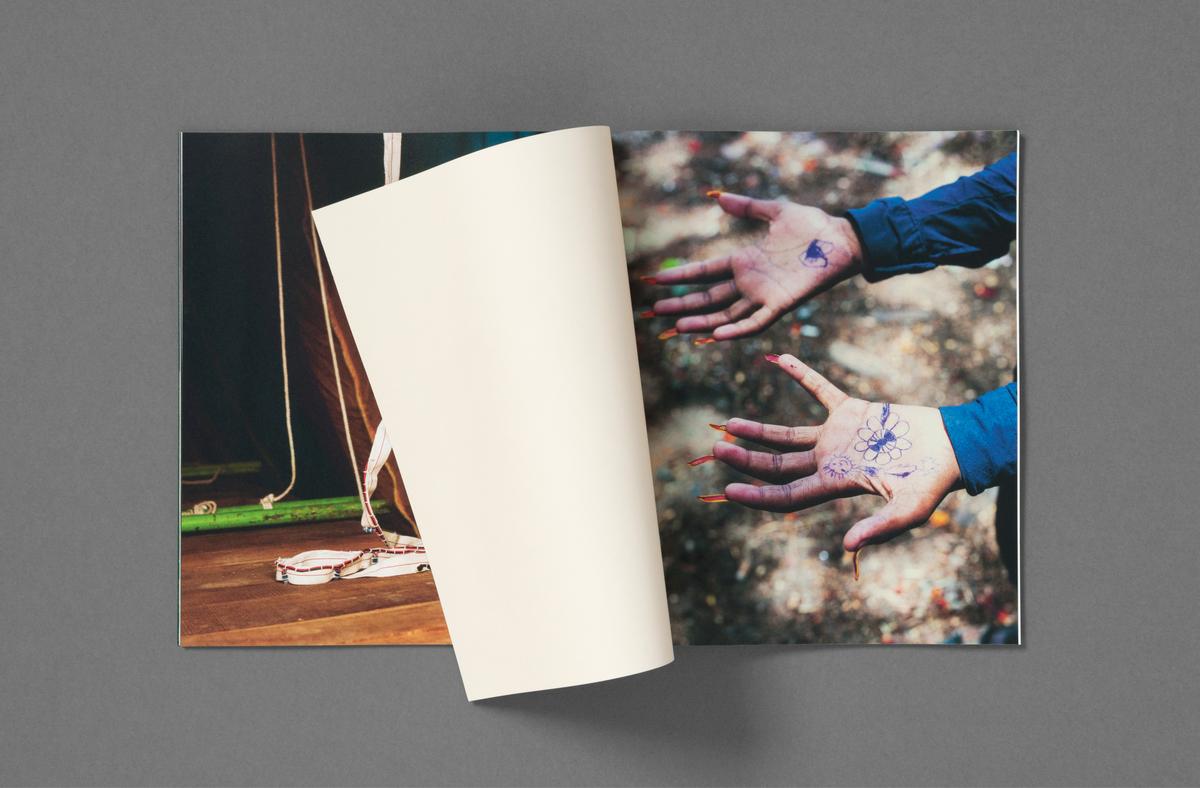
Delhi artist Abhishek Khedekar’s photobook, ‘Tamasha’.
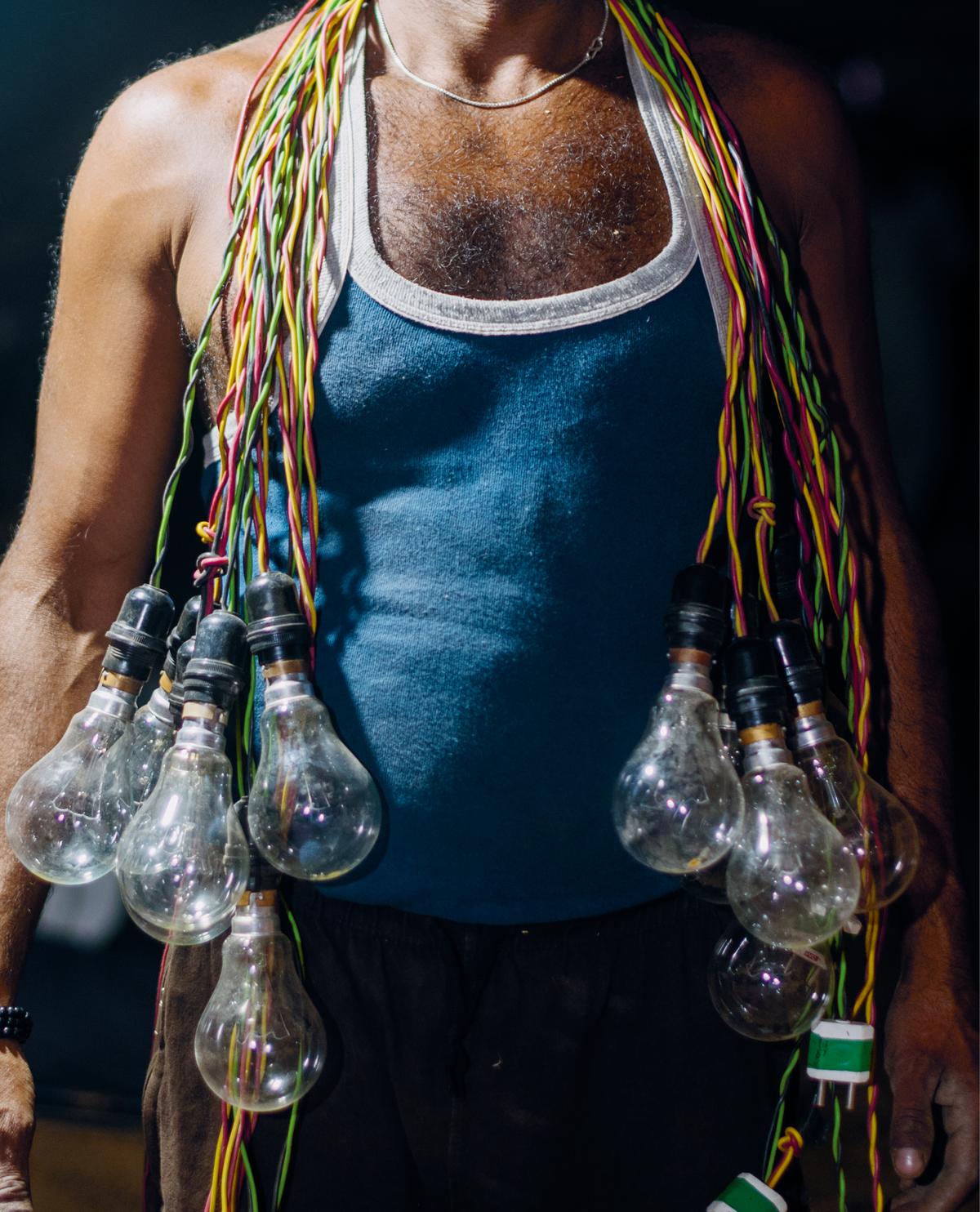
A shot from ‘Tamasha’.
Why choose the photobook?
Till recently, exhibitions were something photographers aspired to. But image makers are now turning to the photobook because, as Delhi-based Tanvi Mishra puts it, “Maybe 5% of photographers work within the gallery model now. And how many people are really going to buy editioned prints in galleries?” Mishra, 37, works with images and is a curator, writer, and editor.
Most photobooks are also self-published, freeing the photographer from the art world’s gatekeeping. Social media aids in reaching the audience. Srinivas Kuruganti, 56, a Delhi-based photographer and former photo editor at Caravan magazine, self-published under the imprint Marigold Books and used Instagram to spread the word in May. He had already sold more than half of his 400 books a month after release and recovered his costs. He has another four books in the pipeline, which he also plans to self-publish. “If I had a publisher, I don’t know if it would have the same kind of personal value,” he says. “It would give me more clout, but self-publishing gives me a sense of pride that I could do it on my own.”
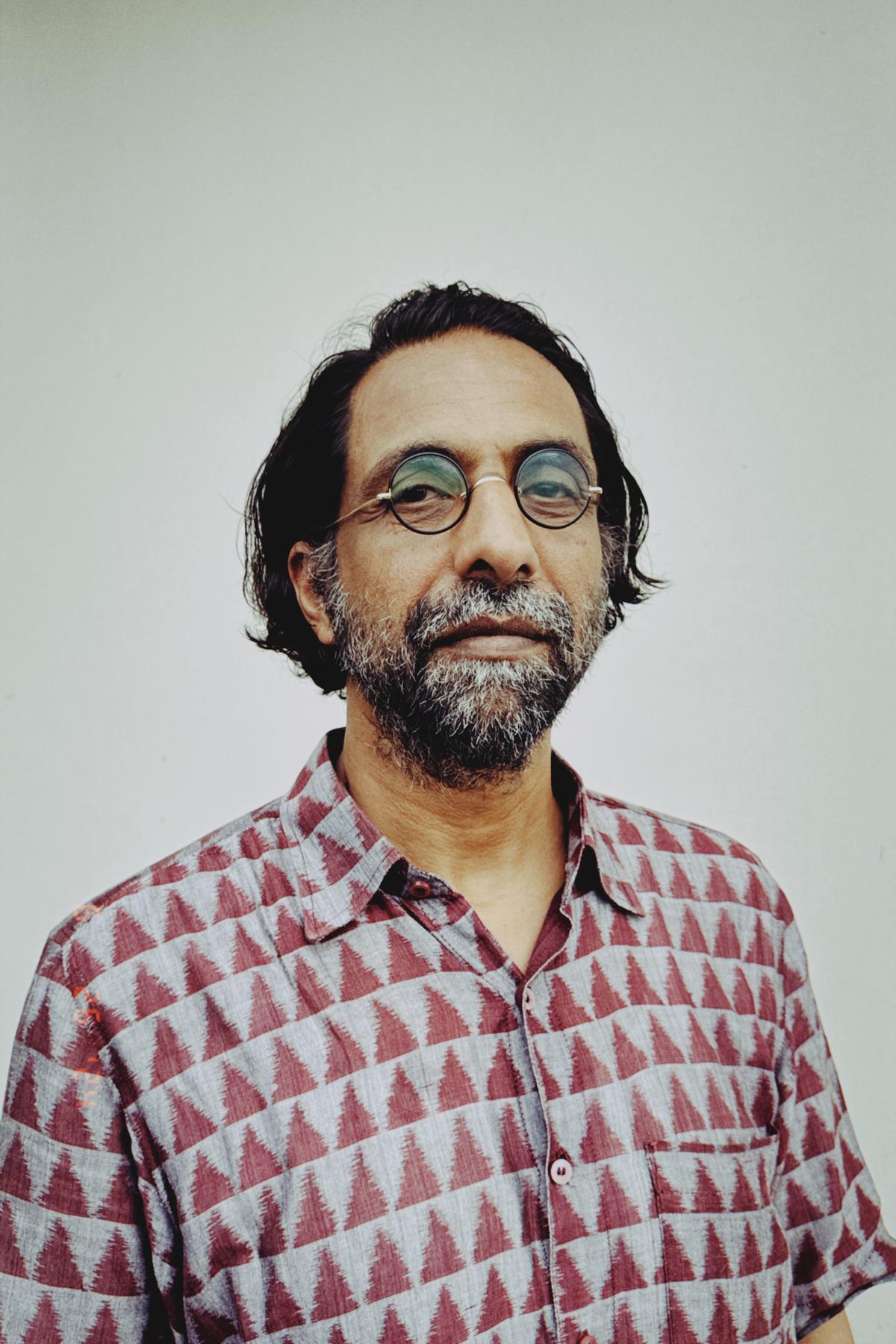
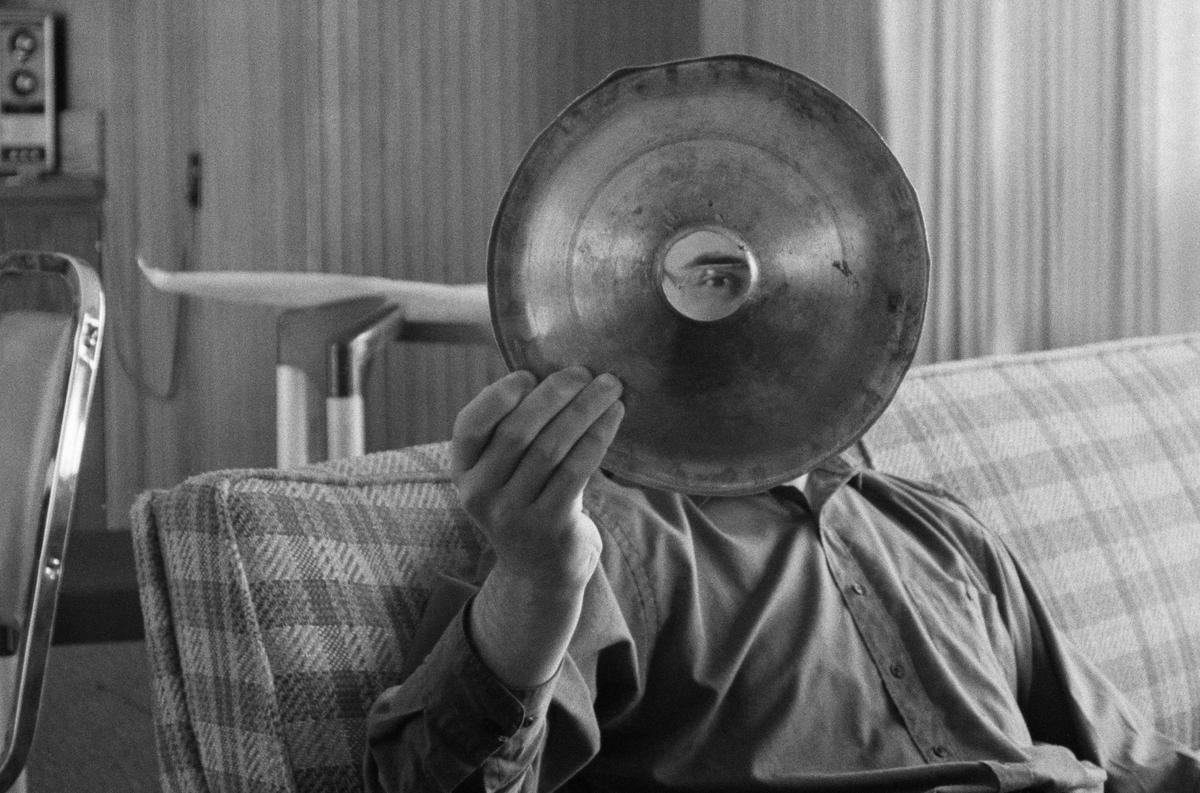
(Top) Delhi-based photographer Srinivas Kuruganti; and an image from his photobook.
Another Delhi-based artist, Abhishek Khedekar’s Tamasha was published by the internationally-renowned Marseilles-based photobook publisher Loose Joints last year. The 33-year-old, who has explored presenting his work in external spaces as well as in book form finds the latter “has a more direct and immersive effect”.
According to Aparna Nori, 48, a lens-based artist whose How to Climb a Tree released in April, says the biggest advantage of a photobook is that her work can reach new audiences in a way an exhibition would never be able to. “I don’t do fine art. I don’t see my work on the wall. But I can see it in a book. There’s an enduring quality to the photo book, which is tactile. I can keep going back to works, and I do that often with my own library. Sometimes I bring in friends and we read the photobooks together.”
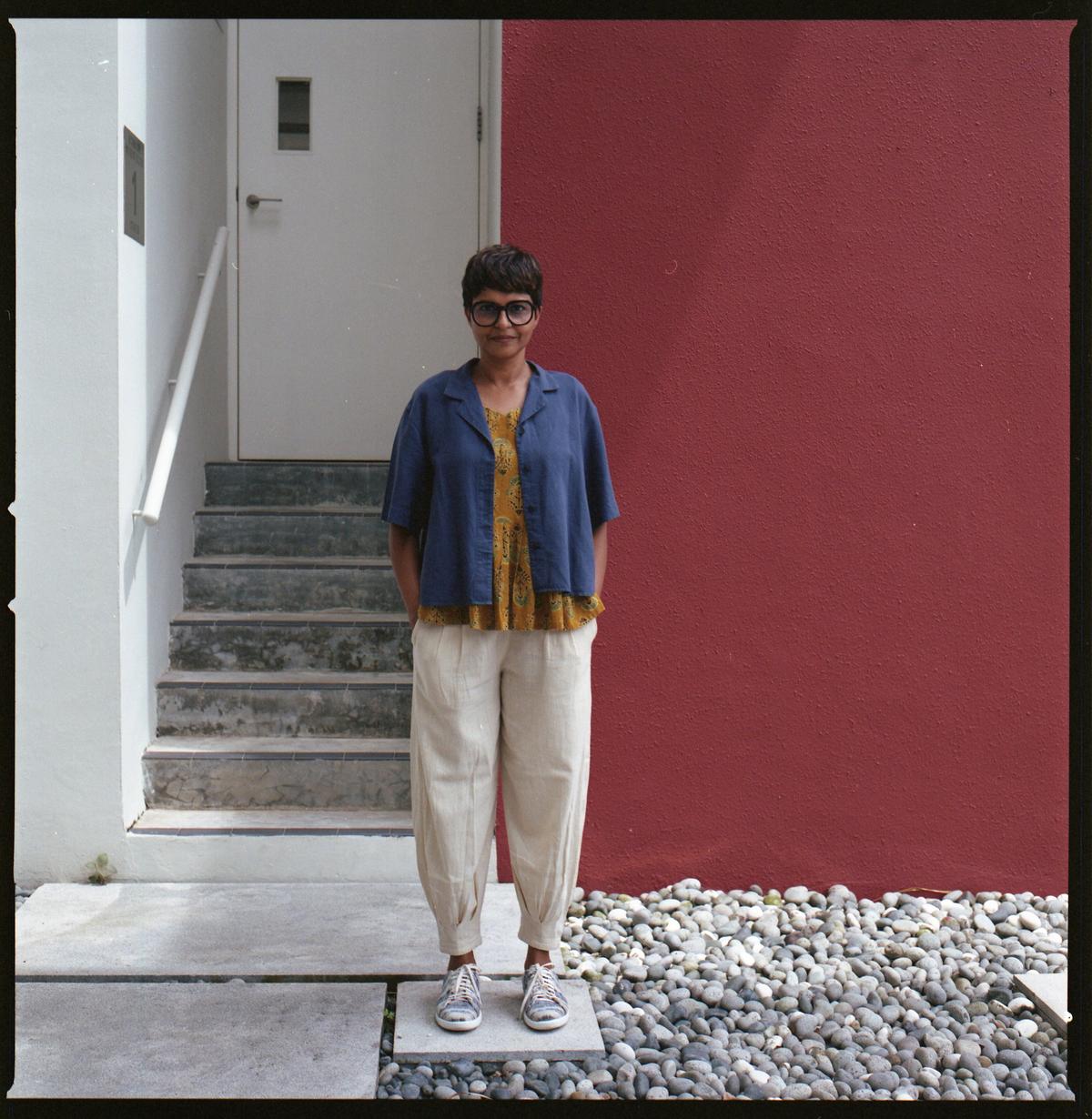
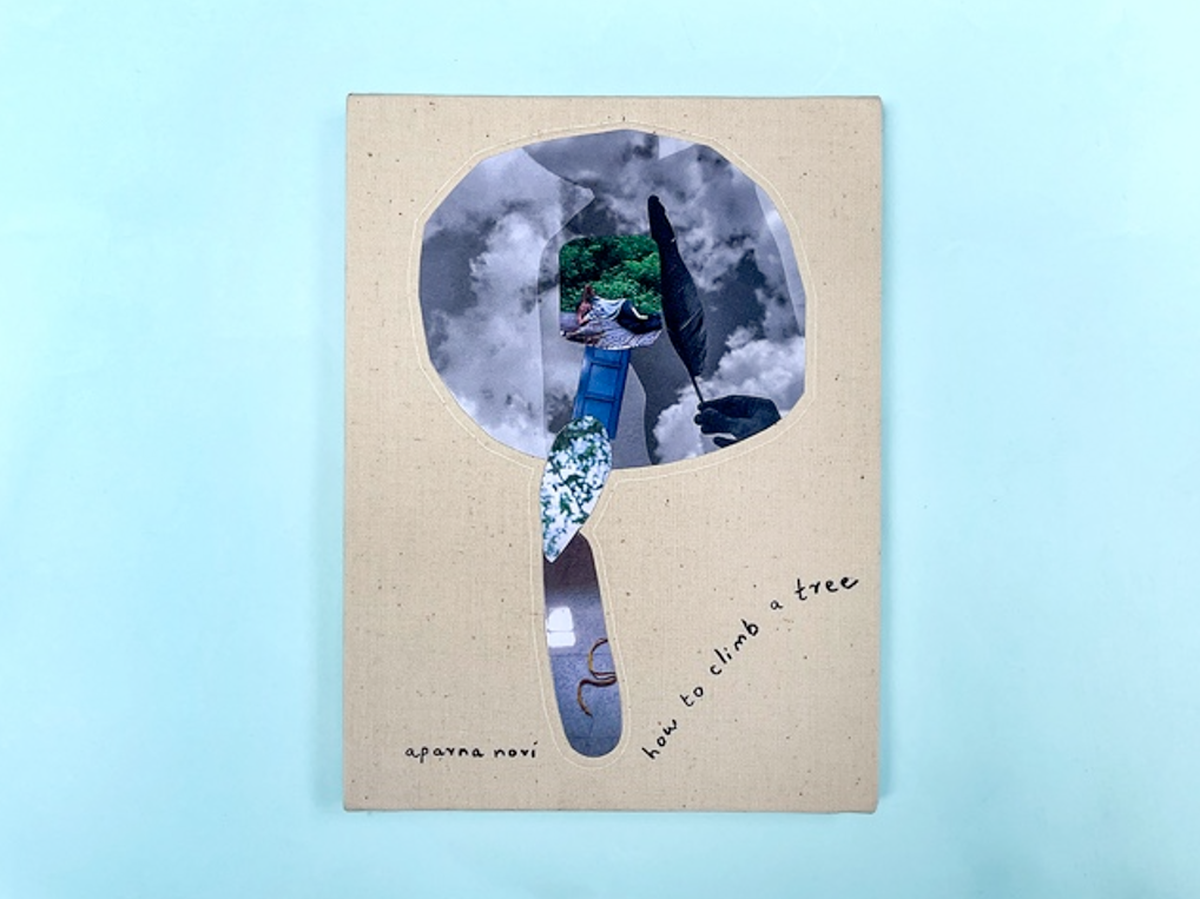
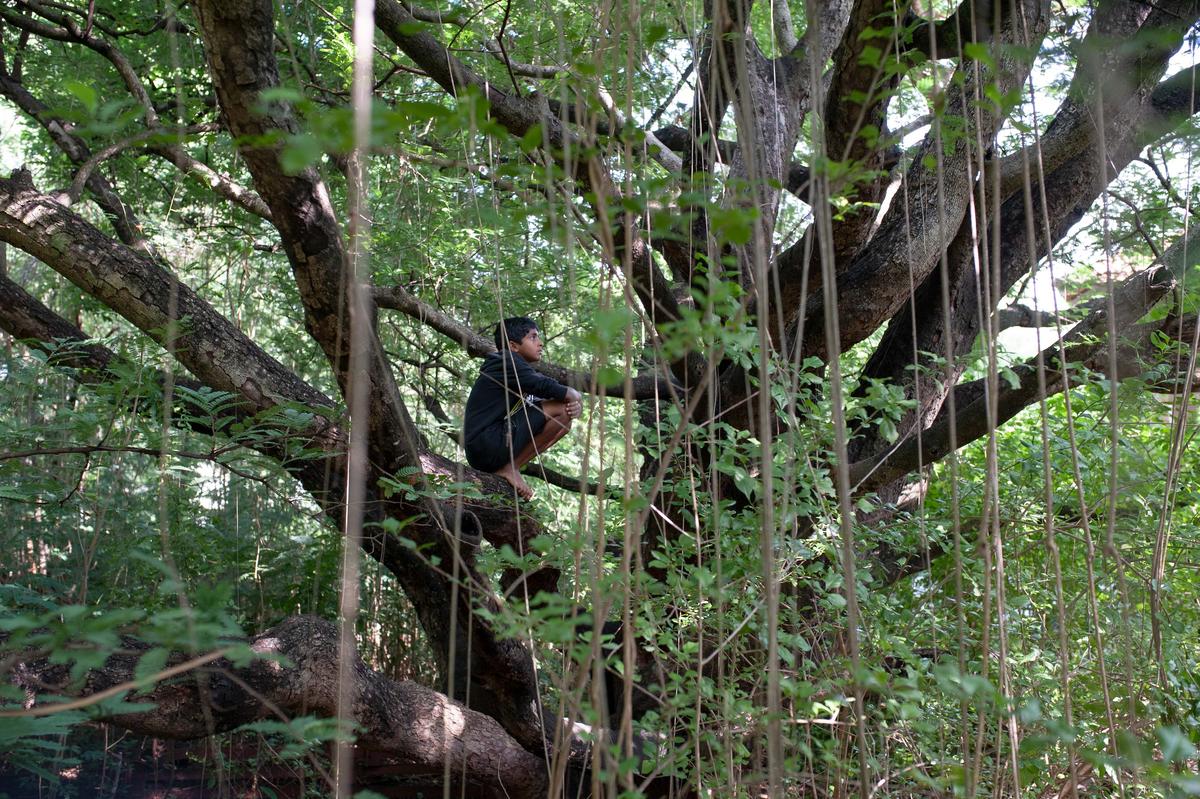
(Top) Aparna Nori; and her photobook ‘How to Climb a Tree’, which released this April.
The right price
The photobook may be one of the least expensive art forms to own, but it is expensive to create. An edition of around 500 books can cost anywhere between ₹2 to ₹6 lakh. On the shelves, photobook prices start at ₹1,000 and go upto ₹10,000. Once sold out, depending on the fame of the photographer, they can become valuable. In the West, a copy of fashion photographer Helmut Newton’s Sumo, signed by all its models, brought in a record $430,000 at an auction in 2000. A signed copy of Sohrab Hura’s 2015 book Life is Elsewhere, an edition of 600, is available for between ₹46,000 (Setanta Books) and ₹1,05,000 on Amazon.
Behind the process
A photobook can take years in the making. Nori began taking the images for her book in 2015 when her son went away to study at Rishi Valley boarding school in Madanapalle. “During this time, we would take some snapshots to remember our visits. After a year, I realised that we were having conversations within which there was something I wanted to hold on to, to capture. I started thinking about staging photographs with my son.”
Creating the images became a way for Nori and her son to spend more time together. They would go to places on campus where he really liked spending time. The phrases ‘I remember’, ‘I long for’, or ‘I wish it were’ were some of the ideas around which they started planning out imagery.
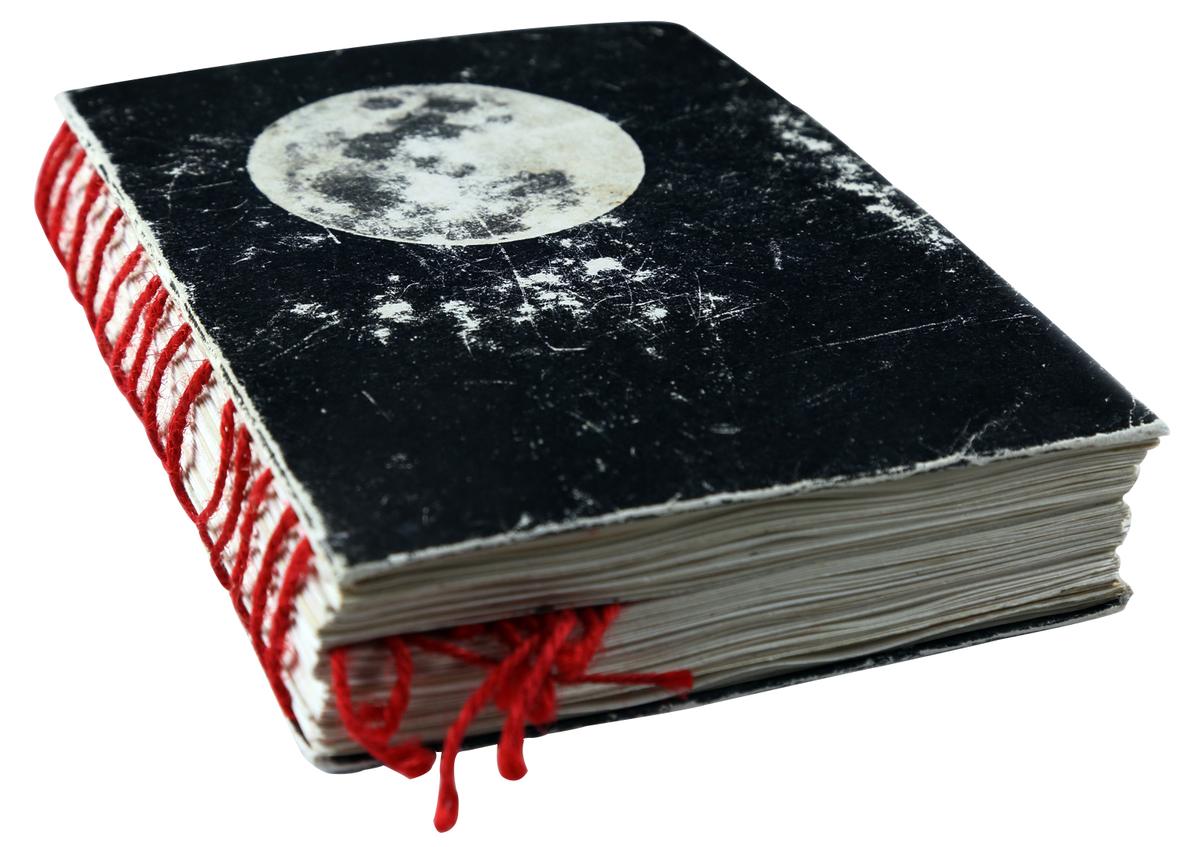
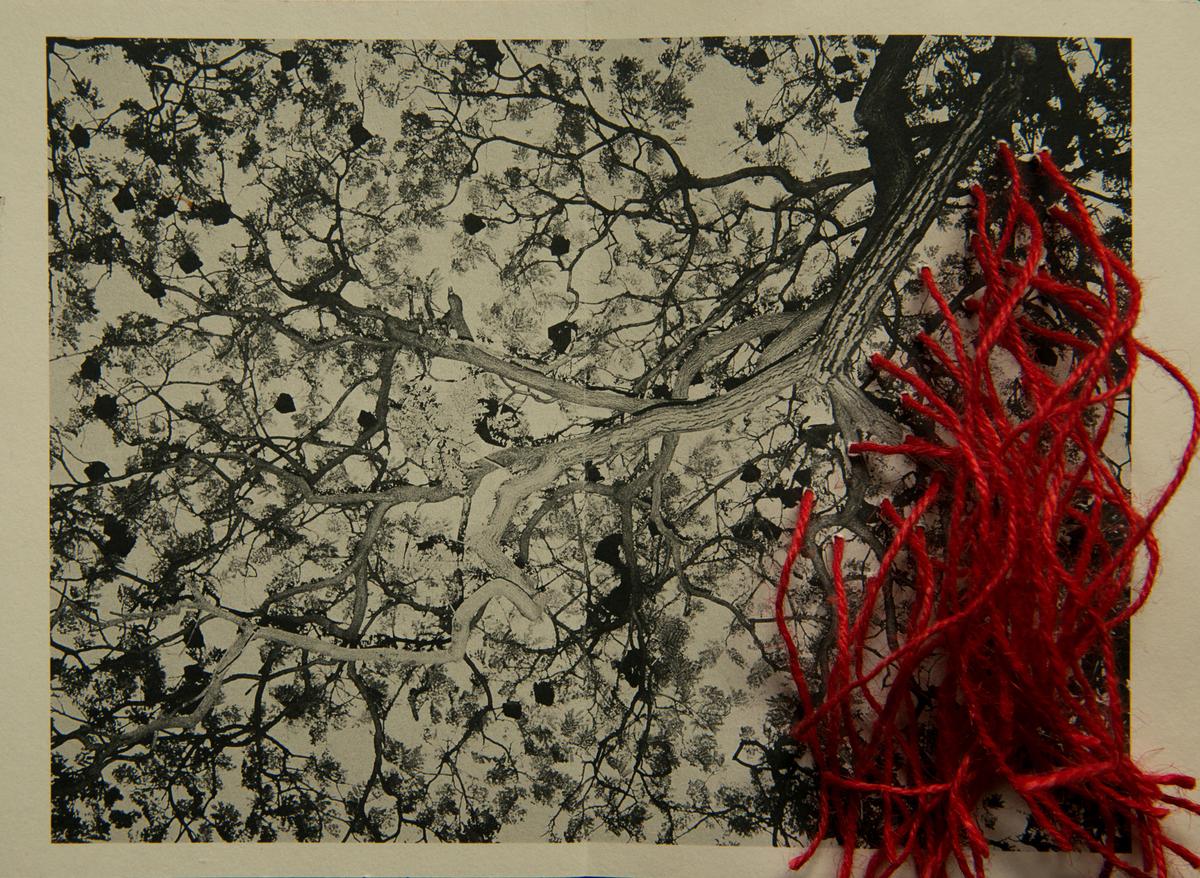
‘I’ll be Looking at the Moon but I’ll be Seeing You’ by Hari Katragadda and Shweta Upadhyay.
But imagery is only one part of the project. Then comes creating an edit of the images or choosing the images that will finally go in the book, sequencing them, and juxtaposing the images with text. “I use a lot of handwritten text in my book, which I scan and bring into the book, almost like an image,” says Nori. This part took her two-and-a-half years.
Kuruganti, meanwhile, took five years for his, after scanning the images he had been shot in the ’90s. “The time was spent thinking about it, making a dummy, sending it for submissions, getting rejected, getting shortlisted, then changing it again and again,” he says. The edit of his images changed dramatically over time, inputs, and conversations. He finally released it in June. “The next one will be faster.”
7 for the bookshelf
Titles that won awards or were nominated in the last few years
Dayanita Singh’s Museum Bhavan
Kapil Das’ Something So Clear
Tenzing Dakpa’s The Hotel
Sohrab Hura’s The Coast
Abhishek Khedekar’s Tamasha
Soumya Sankar Bose’s Where the Birds Never Sing
Hari Katragadda and Shweta Upadhyay’s I’ll be Looking at the Moon but I’ll be Seeing You
With community at its heart
While self-publishing has opened the doors, today an environment and community for photobook publishing has emerged, too. Rahaab Allana, 45, curator and publisher, Alkazi Foundation for the Arts, says he started the Alkazi Photobook Grant in 2016 not only because he was thinking of ways to read images beyond their history or context, but also to address a visual culture where we are constantly bombarded with images.

Rahaab Allana, curator and publisher, Alkazi Foundation for the Arts.
| Photo Credit:
Philippe Calia
He points to the 2000s as the early days of the phenomenon in India, which took off largely because of engagements with well-established photobook cultures in the West. “People were adopting similar tropes and I [wanted there] to be more support for artists to feel confident to lay claim to this format for reasons that are unique to the region and place, and themselves and their histories rather than emulate something out there. For that, you need support, systems.”
Bengaluru-based publisher and art book distributor Nihaal Faizal, 30, flags the problem of image makers concentrating on the making of the books without thinking of what comes after — the task of getting it to the reader. Traditional events like book readings fail because “how do you read a photo book?” he asks.
One way the Indian image community has taken to address this has been with travelling exhibitions, which are installed much like an art exhibition but where you can read the books. One such was Kaghazi Pairahan curated by Devadeep Gupta and Akshay Mahajan, which showed at Double Dummy (Arles, France), Printed Matter (New York), Arthshila (Ahmedabad), and wrapped up their latest show at Arthshila (Santiniketan) in September.
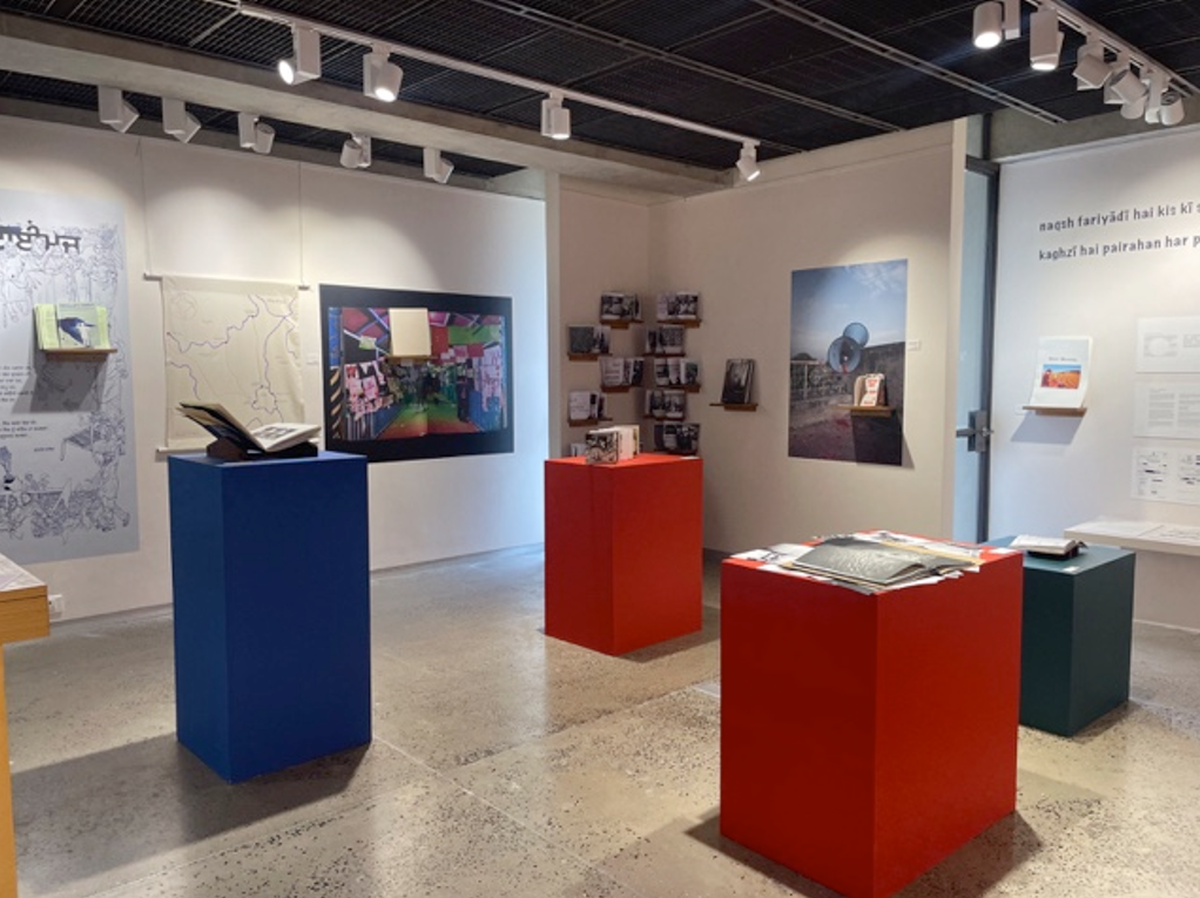
Travelling exhibition ‘Kaghazi Pairahan’, curated by Devadeep Gupta and Akshay Mahajan.
Another is by growing the audience with courses in universities and art departments. A third route is virtual, uploading videos of the photobook being leafed through. “The experience of the book has changed,” says Allana. “People are coming together to expand their experience of what it means to engage with a book.” There are also photobook podcasts, one such is ThePhotobookPodcast by Priyanka Chharia on Spotify. If that leads to more photobooks, the Indian audience is already showing its ready for it.
The author is a photographer and writer.
Published – October 17, 2024 04:17 pm IST
#photobooks #making #cut #photographers #selfpublishing #experimenting #travelling #exhibitions #artworks #selling #quickly
